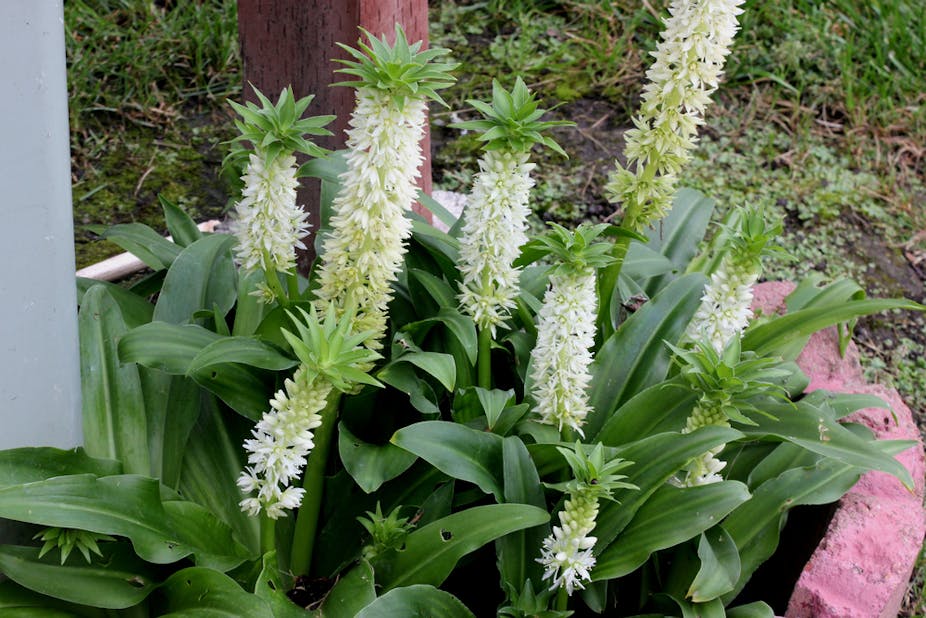There’s been a rise in recent years of biomedical engineering techniques that can restore lost tissue and bone. If you’ve been in a car crash, for instance, there are ways to restore or repair the lost body part or damaged tissues. Sometimes patients will undergo surgical reconstruction; sometimes they’ll be fitted with medical devices such as plates in their knees or hips.
But these approaches have limitations. One is that a steel plate can’t really mimic the functions of damaged tissues or lost bones, so you can lose mobility and flexibility. Another is that these techniques often involve multiple painful operations and long hospital stays. That not only costs the individual patient a lot of time and money; it also places a burden on a country’s health care system and its economy.
There is an alternative: tissue engineering and regenerative medicine. This process started about three decades ago, and often builds on existing findings to test new approaches. It aims to reactivate biological processes to form products that can help with bone regeneration and tissue loss caused by trauma.
We are among the researchers working in this area. We think that medicinal plants may hold at least some of the answers to the limitations outlined above. We’ve studied two plants commonly used by South African traditional healers and herbalists to treat bone fractures and ease pain caused by osteoarthritis.
Our studies have yielded positive results in the laboratory. This suggests that compounds drawn from these medicinal plants could offer a valuable way to support bone regeneration and tissue loss in people who’ve suffered trauma.
How it works
Tissue engineering and regenerative medicine is based on three key requirements working together: signals from body tissues and organs, responding stem cells, and scaffolds.
Scaffolds are materials that work with biological systems to evaluate, treat, augment or replace any of the body’s tissues or functions such as mature bone stem cells, cartilage, skin cells, and brain cells and neurons.
These scaffolds are meant to repair or modify cell phase behaviour – that is, how the cells react during development processes such as shape forming. Scaffolds also serve as templates, guiding the development of new tissues by showing them the appropriate route to follow and making sure cells get the nutrients they need. But most of the scaffold biomaterials used in clinical settings don’t tick all of these boxes.
That’s why researchers are looking for alternatives. And that’s where medicinal plants come in.
Promising plants
Medicinal plants have long played an integral role in many cultures. Their role in tissue engineering constructs remains largely unexplored. But given that medicinal plants have been found to have value in wound healing, pharmaceuticals and ageing therapeutics, it stands to reason that they could be useful in our field, too.
We conducted our research at the Tshwane University of Technology’s department of biomedical sciences in South Africa. The country is home to one tenth of all the world’s plant species – that’s 25 000 known plant species. We focused on two: Eucomis autumnalis, commonly called pineapple Lily, and Pterocarpus angolensis, or wild teak.
The genus Eucomis autumnalis has been used to heal fractures for centuries. Today it’s often used as a herbal remedy for postoperative recovery and wound healing. Pterocarpus angolensis, meanwhile, promotes the formation of cartilage and regulates collagen, which is a substance rich in human bone and cartilage.
We combined these plants with scaffolds and porcine fat cells. We found that the two plants we had identified for laboratory testing activated body cells and enhanced bone formation. They also did a better job of scaffolding when combined with relevant signals and stem cells. And they were good at healing wounds in vitro – that is, in the lab.
Our next step is to carry out our work on animal models and with many other medicinal plants with similar qualities as the ones we used.
The way forward
These are exciting findings, because they suggest that incorporating medicinal plants with the relevant properties into biomedical engineering could be a good way to address the limitations of current approaches.
First, using medicinal plants could reduce the cost of treatment because it is economical and easily accessible. Second, it could ensure that patients don’t have to spend as long in hospital after a procedure due to its speeding up of bone formation and cell activation and there’s an added benefit to this line of inquiry: a economic boom for South Africa.
The value of biomedical scaffolding is predicted to reach $1.5 billion by 2024. If some of South Africa’s medicinal plants are found to support bone and tissue engineering and regeneration techniques, the country could corner at least part of the global biomaterial market.

